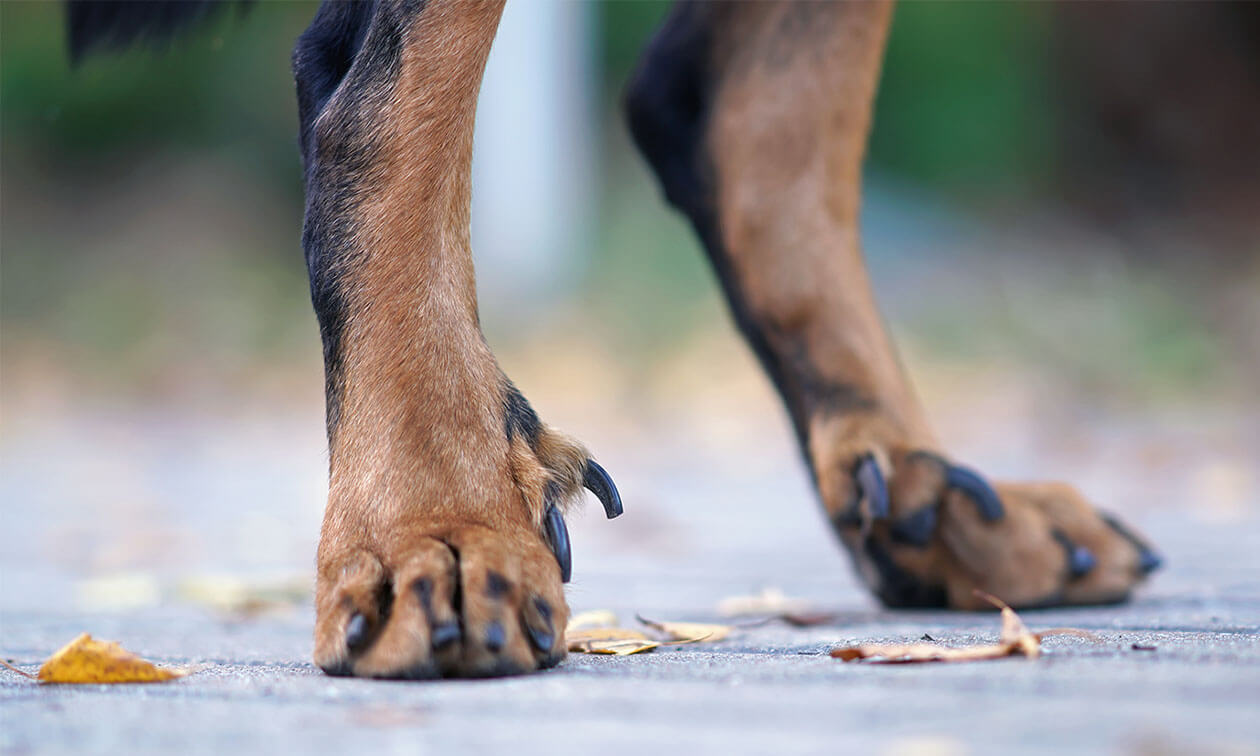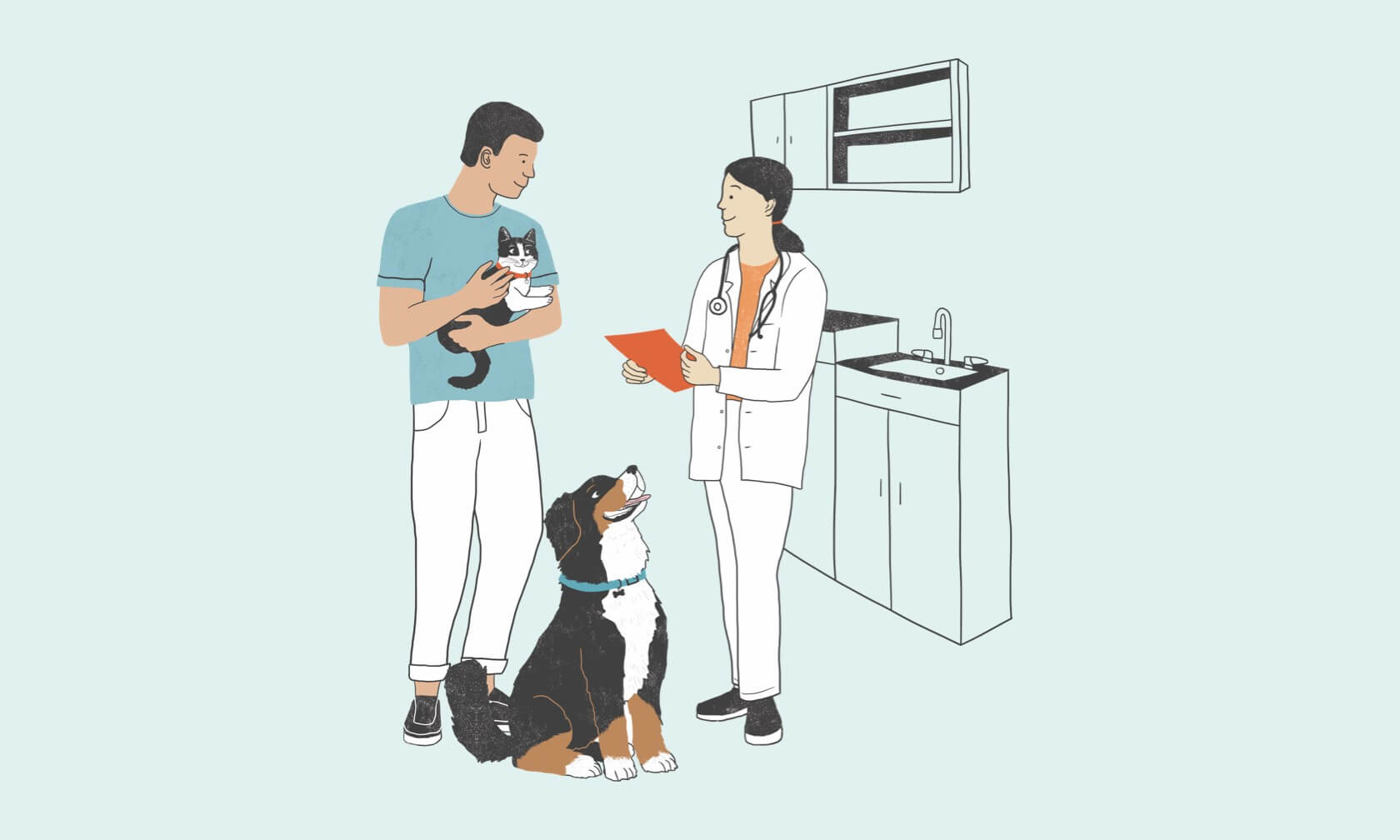You may have noticed an extra nail on your dog or cat’s leg or paws and wondered, “What in the world is that?” Those extra nails are called dewclaws, something that most dogs and cats have on their front legs, and some even have them on their back legs. Understanding what dewclaws are, why they’re there, and how to care for them can help you make the best decisions for your pet’s health.
Understanding Your Dog or Cat’s Dewclaw
Even though dogs and cats have dewclaws, they exist for different reasons.
Dog Dewclaws
Front dewclaws in dogs act as a stabilizer to the wrist when turning quickly and act as a thumb when gripping chews or toys. They can also be incredibly helpful when a dog is climbing. Front dewclaws have blood vessels and nerves and are attached by several tendons to your dog’s leg.
Rear dewclaws are rare but are expected in certain dog breeds, such as the Great Pyrenees or Norwegian Lundehund. Rear dewclaws are not typically attached by tendons; instead, they mostly attached by skin. This puts them at more risk of injury.
Cat Dewclaws
Cats only have dewclaws on their front legs, at the wrist. It’s made of two bones, with tendons attaching it to the inner wrist. For cats, the dewclaw doesn’t touch the ground and rather than bearing weight, it’s there to help them grip. Cat dewclaws are useful when climbing or holding onto prey. Unlike the other claws, the dewclaw can’t be retracted.
Don’t confuse your cat’s dewclaw with them being polydactyl. Most cats have four digital pads (or toes) on the front paws and one dewclaw (also sometimes referred to as a toe). A polydactyl cat is one born with a genetic abnormality giving them more than five toes, including the dewclaw.
Caring for Dog and Cat Dewclaws
Regular care of your dog or cat’s dewclaws is important to prevent injury or discomfort. Make sure to check your pet’s dewclaws for any cuts, wounds, or redness around where they connect to the leg. If you notice any issues, contact your veterinarian.
Keeping your dog's nails trimmed is also essential, as they can quickly become overgrown. Because dewclaws do not touch the ground during regular walking, they start to curl in on themselves and, in extreme cases, can grow back into the skin. This is true for both dogs and cats.
Should Dewclaws Be Removed?
Removing dewclaws is often a topic of debate. Some argue that they should be removed in certain dogs, such as working dogs or dogs who participate in sports where dewclaws could be caught or torn. The surgical procedure must be done by a veterinarian with proper pain control.
Since the front dewclaws on dogs can serve a purpose, it’s not recommended to remove them unless there is a medical reason. Rear dewclaws are more often recommended for removal because they are more prone to injury since they are attached only by skin.
Your cat’s dewclaw should not be removed unless there’s a medical reason. Dewclaws serve an important purpose and rarely cause problems unless the claw is left to grow too long or it is injured. It’s best to leave the dewclaw intact and focus on keeping the nail trimmed unless your veterinarian recommends removal.
ZPC-04572



